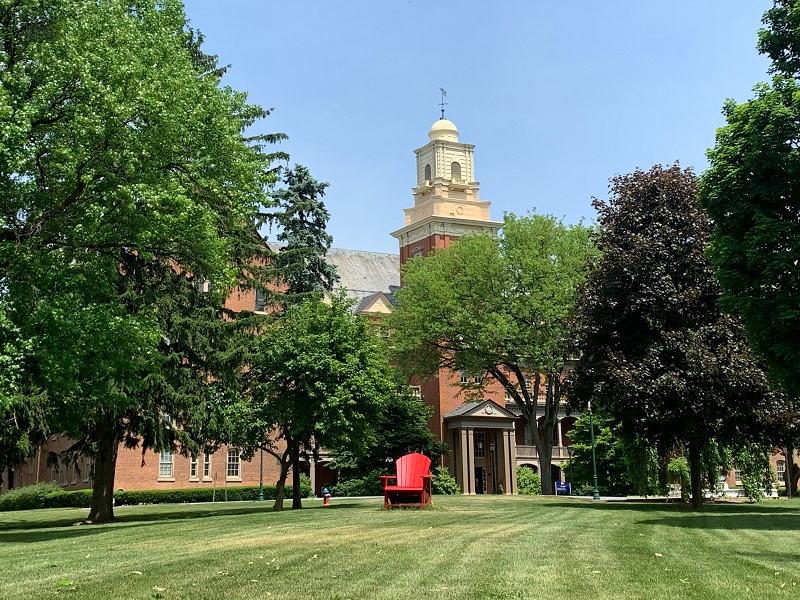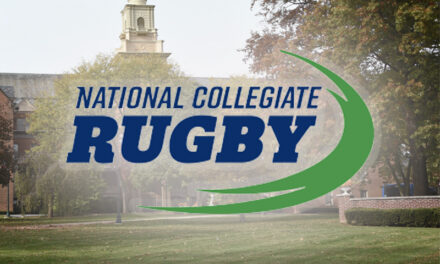Shippensburg University is reporting an increase in the number of first time in college students for fall 2022. First-year student enrollment grew by 78 students, a 7.5% increase. The average GPA for new students increased from 3.21 to 3.31. A total of 5,164 students are currently enrolled at Shippensburg University in undergraduate and graduate programs for the fall of 2022.
With a renewed focus on recruitment in the regional market, the university reported substantial growth in several counties. The counties include Cumberland (24 percent increase), York (34 percent increase), Lancaster (80 percent increase), Adams (33 percent increase) and Schuylkill (23 percent increase) Counties.
The second-year retention rate grew by one percent and the four-year graduation rate for first- time-in-college, full time students increased by 5.2 percent. This increase is attributed to the launch of the UNIV101 First Year Experience course in 2018. The First Year Experience course assists students with the transition to college life and academics with specialized programing and the support of faculty, staff and student mentors.
“This year’s enrollment numbers are heading in the direction we’ve hoped to see, despite continued shifts in the current higher education landscape and the ongoing recovery from the COVID pandemic. The metrics we see are strong, early indicators that our enrollment is stabilizing in both recruitment and retention. I’m proud of the work of our enrollment management team at Ship and hopeful these trends will continue as we remain dedicated to serving our region and beyond,” said Dr. Charles E. Patterson, president of Shippensburg University.
The university recorded a record number of applications for the Wood Honors College, with 58 new students admitted and enrolled this fall. High school GPA, the academic rigor of high school course work, application essays and evidence of leadership and service are all considered for admission into this competitive program.
Programmatic growth was also reported in Communications, Journalism and Media, Information Systems and Analytics, Communications Studies, Geoenvironmental Studies, History and Social Studies – Secondary Education, Civil and Mechanical Engineering and Early Childhood Education – PreK-4. Many of these programs align with the current workforce needs identified within the region.





